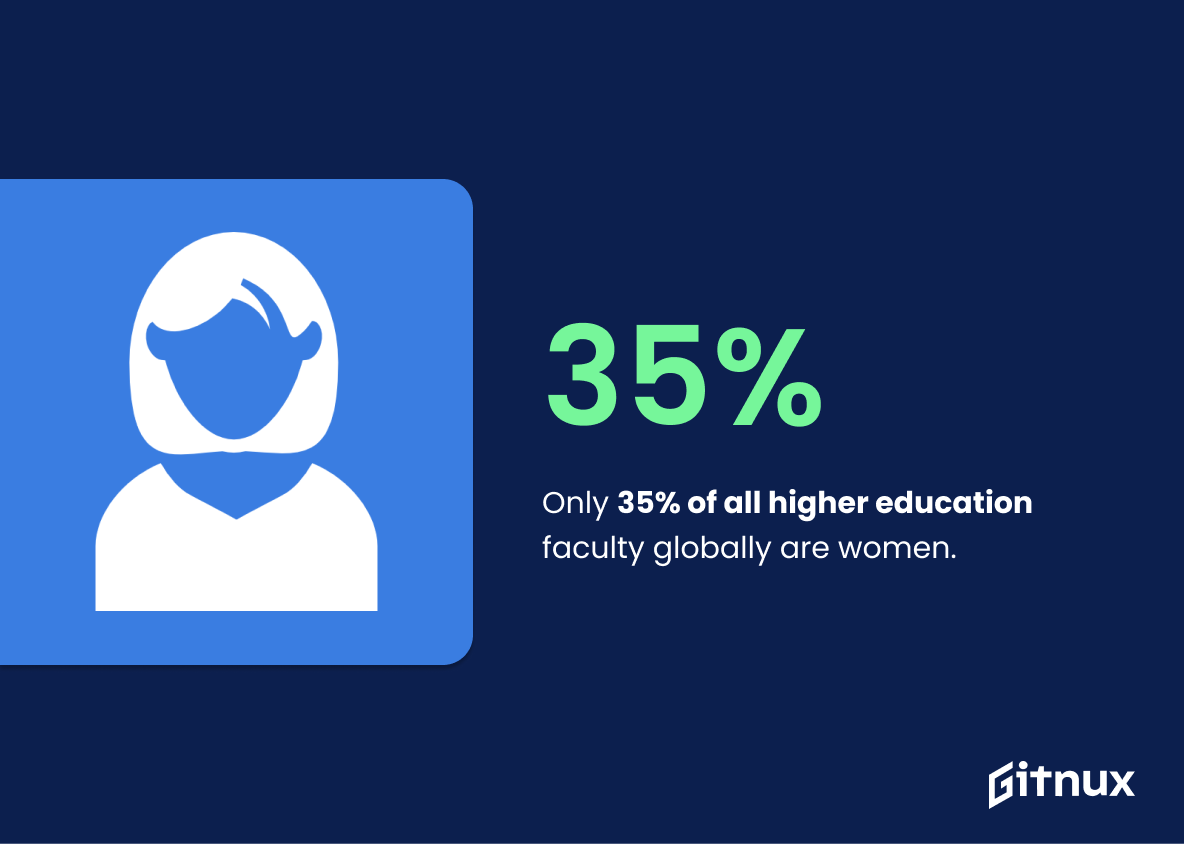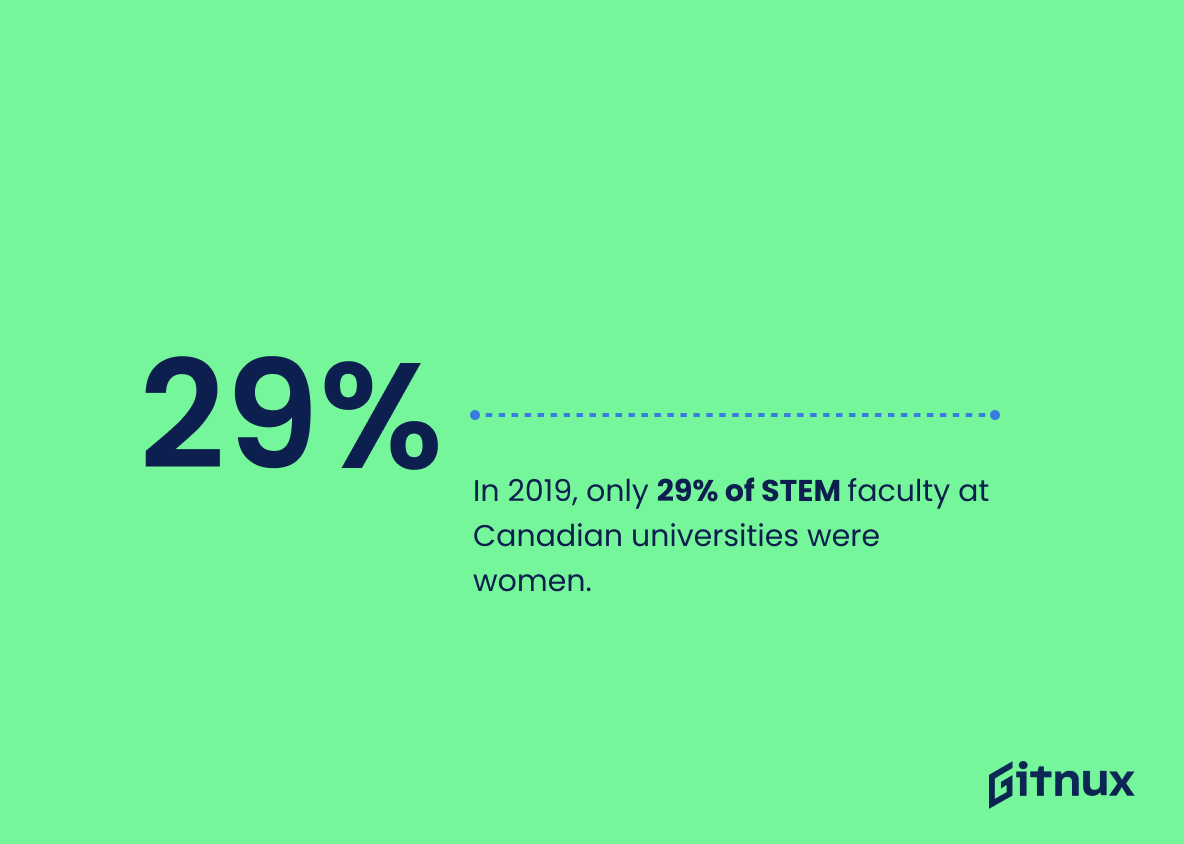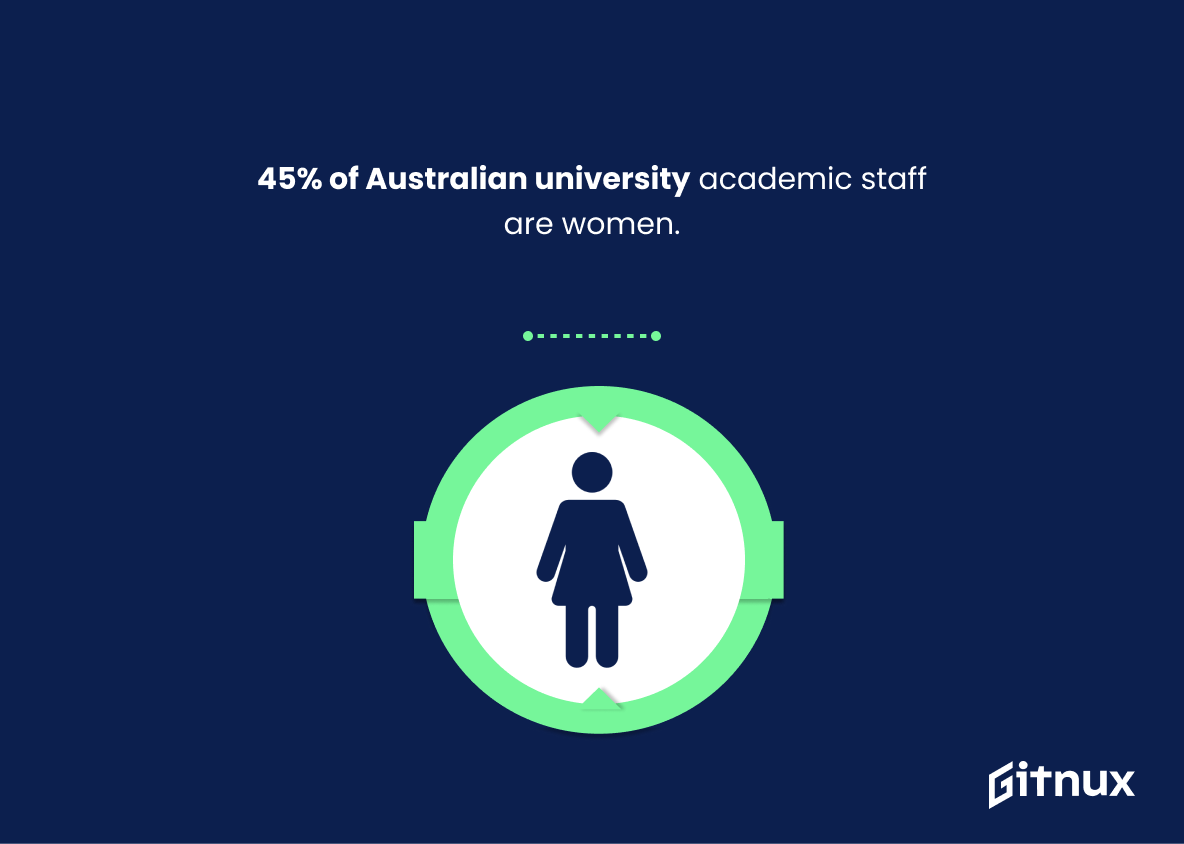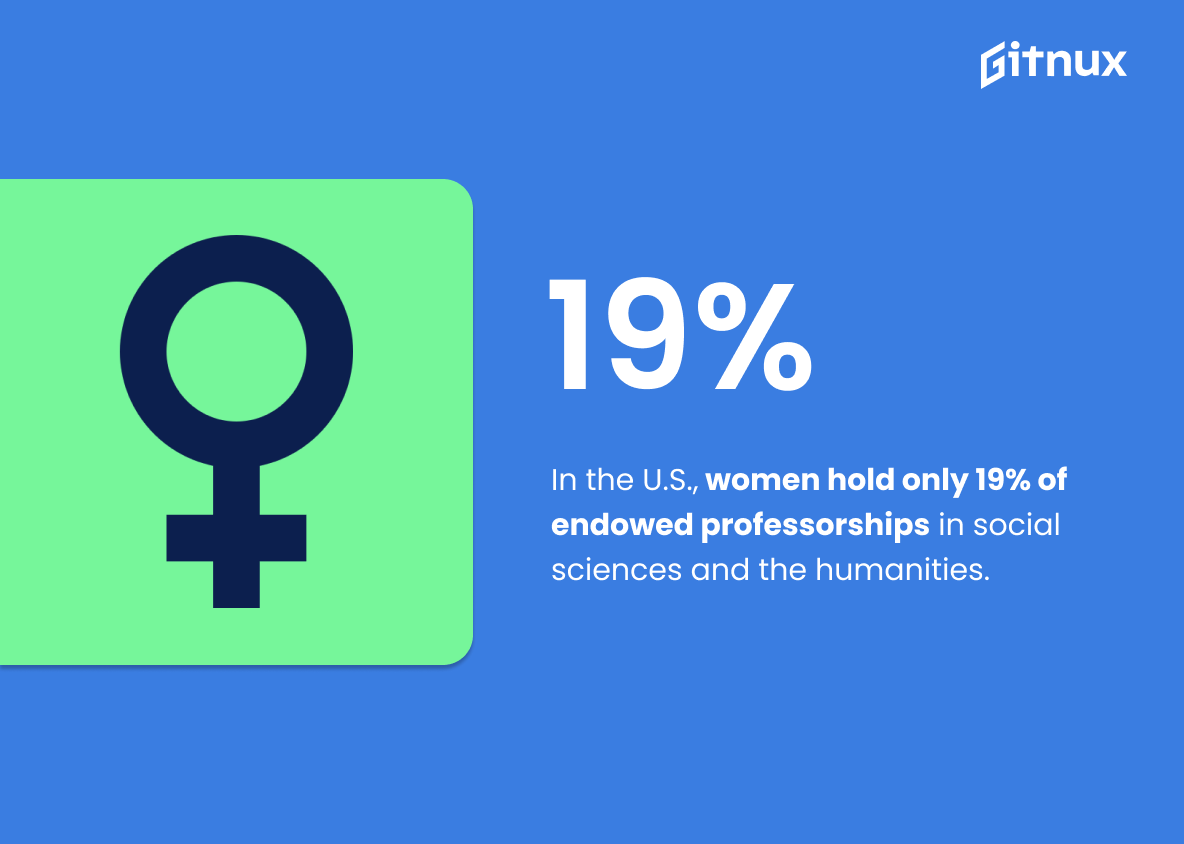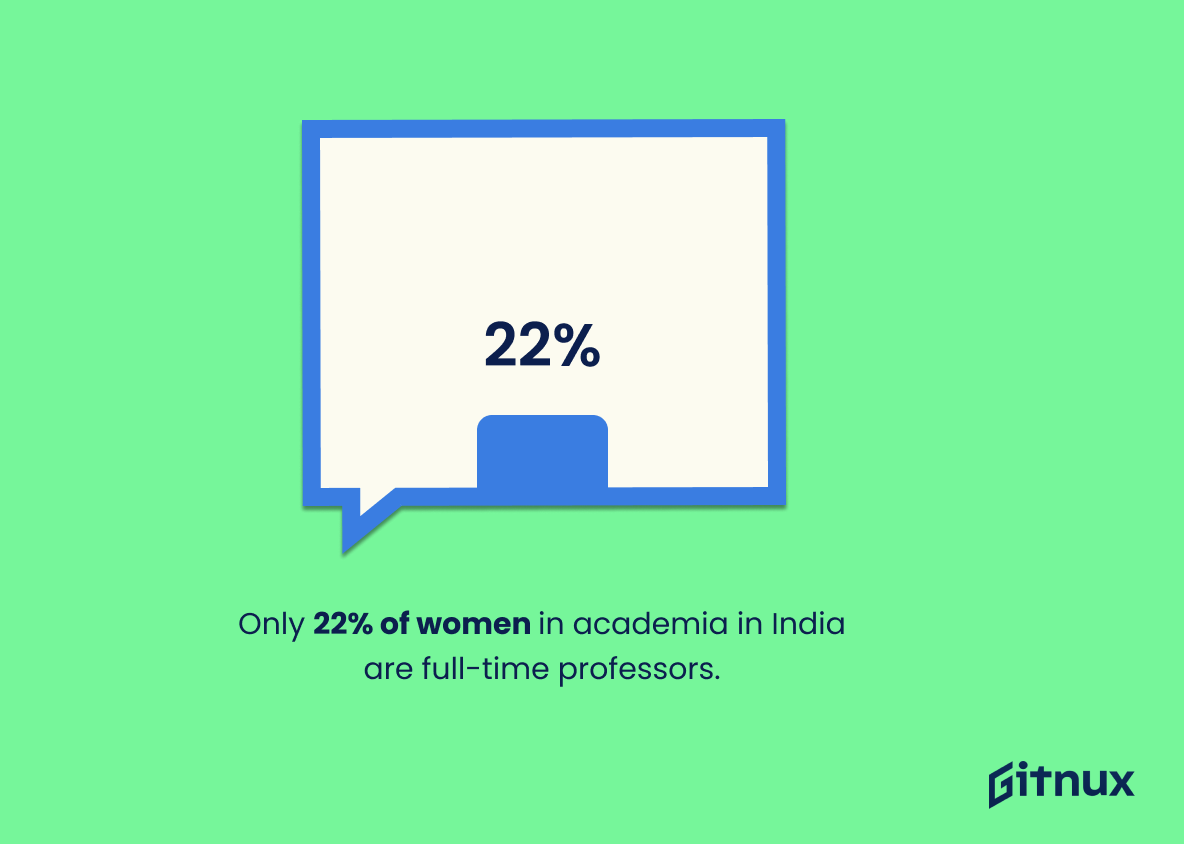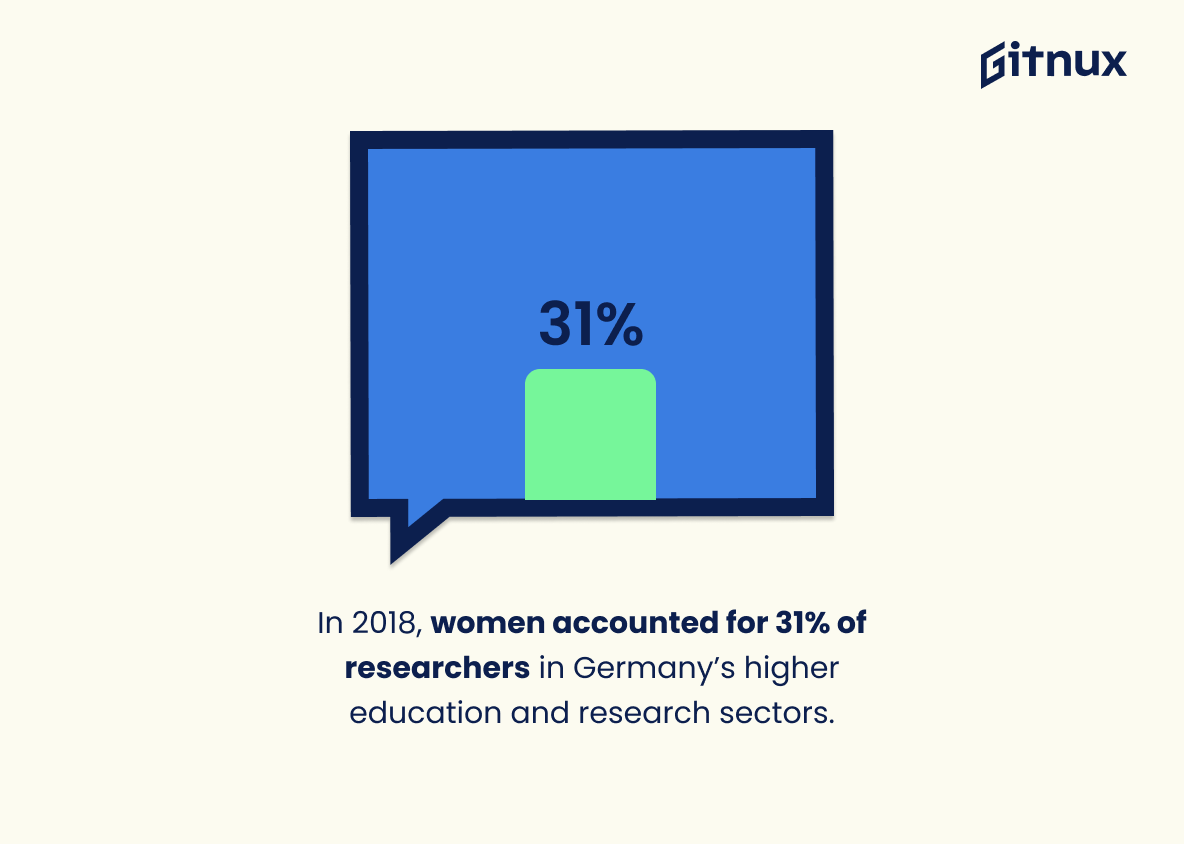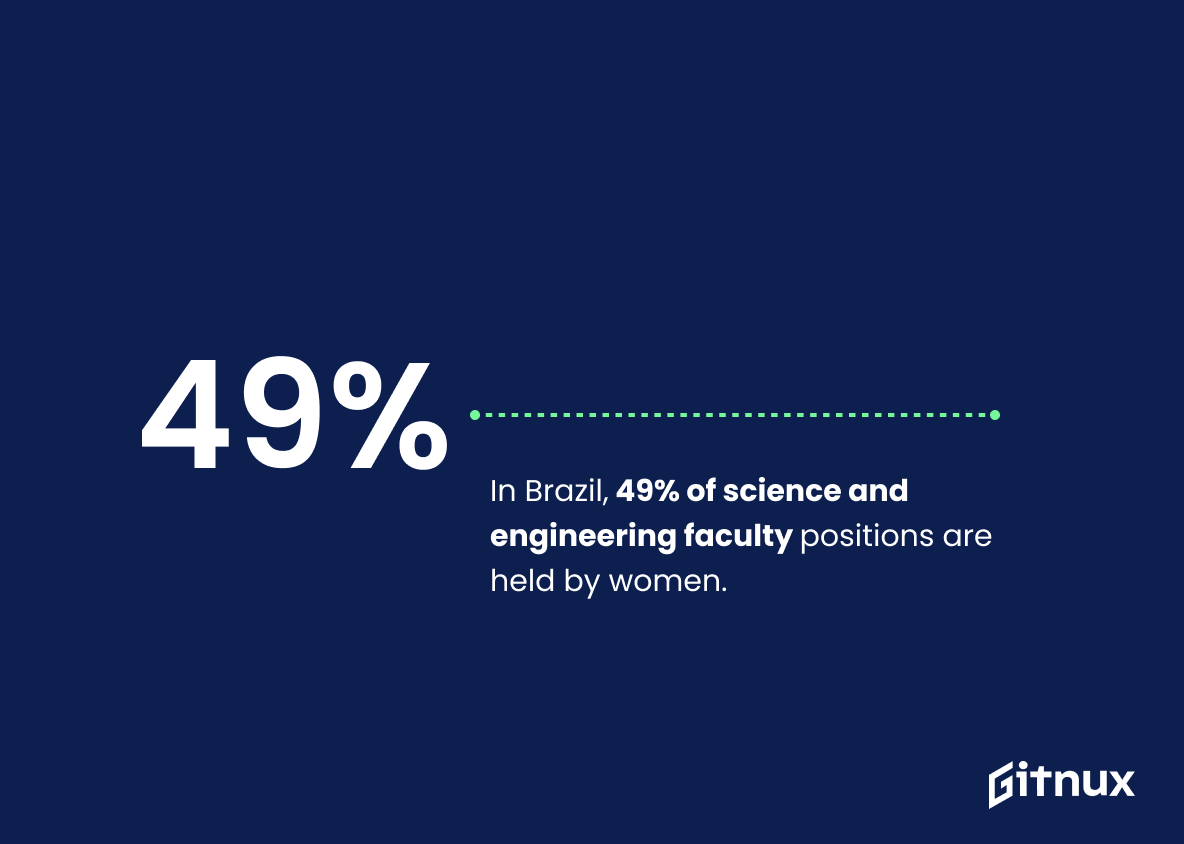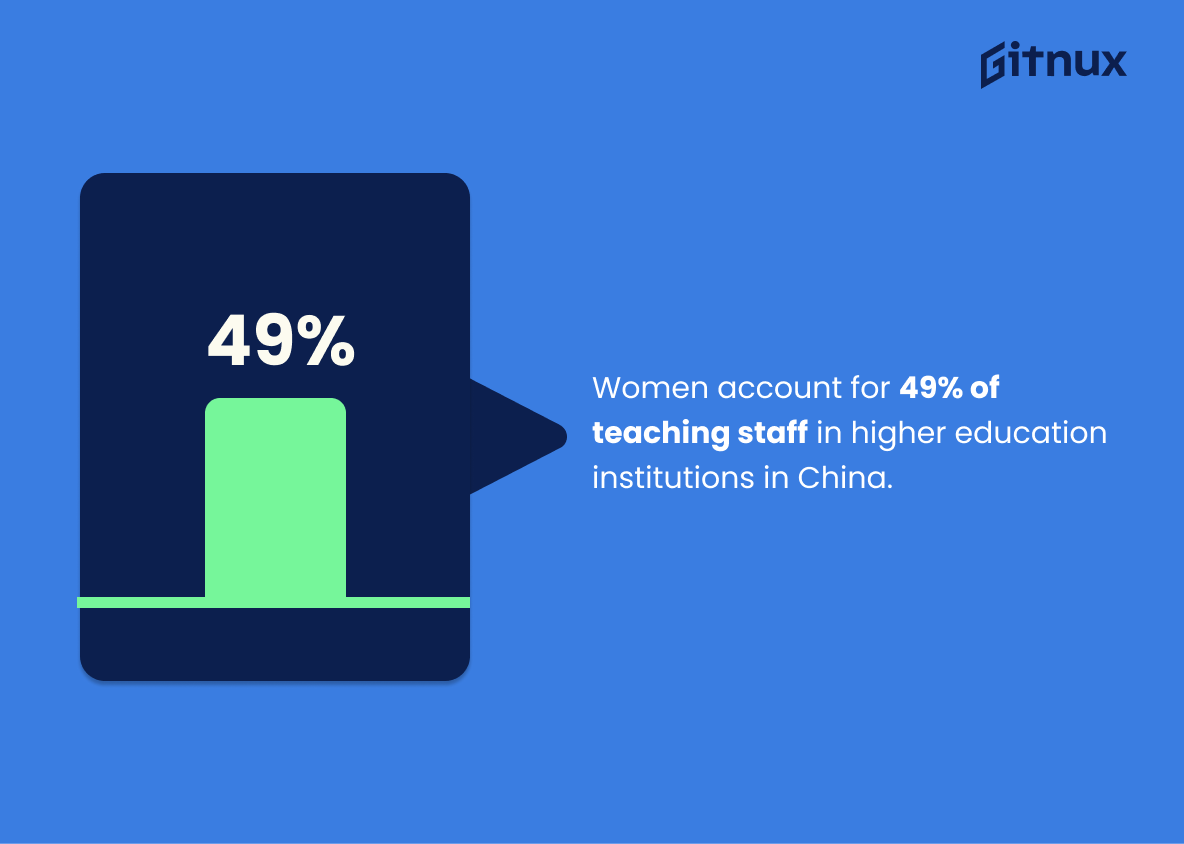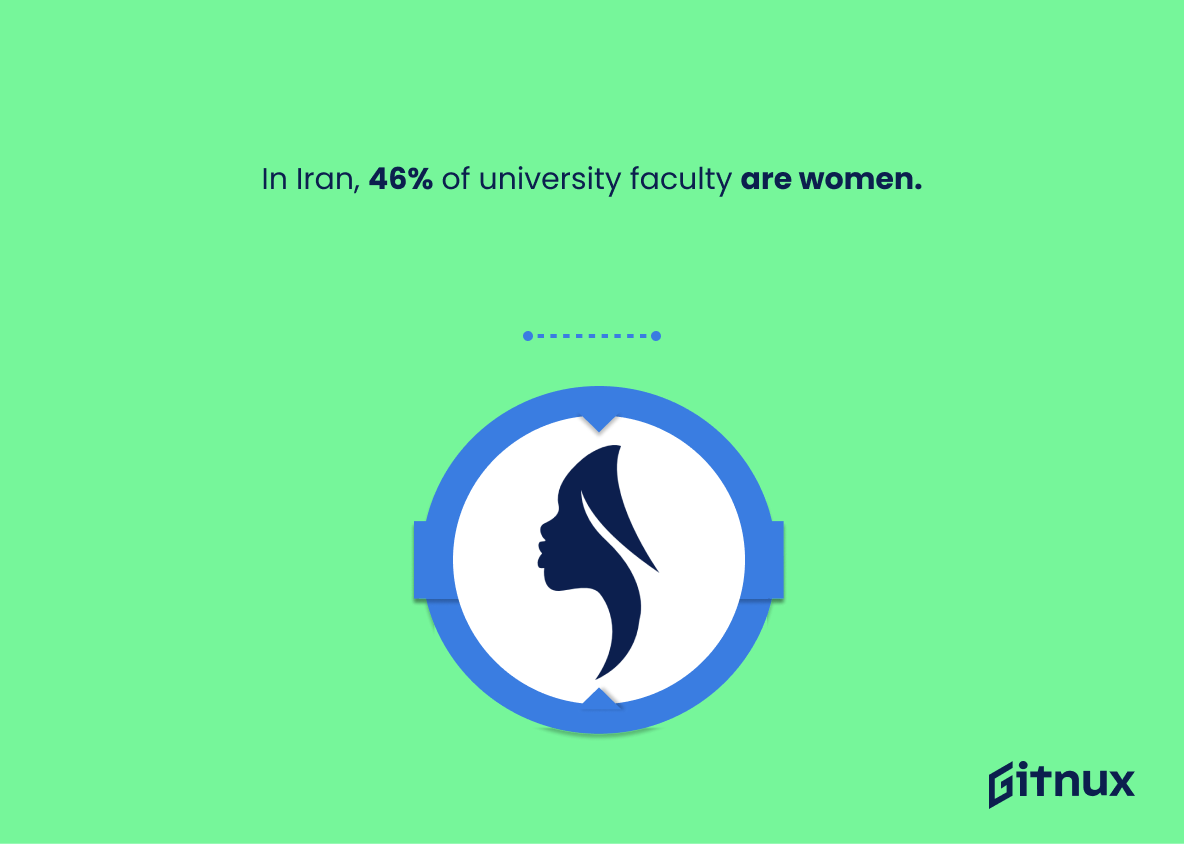The statistics on women in academia around the world are sobering. From Europe to North America, Asia and beyond, there is a clear gender gap when it comes to representation of female researchers and faculty members at universities. In this blog post we will explore some of these statistics from different countries across the globe, including the European Union (EU), United States (US), Canada, United Kingdom (UK), Australia, India, France Mexico Japan South Africa Brazil China Iran and New Zealand. We’ll look at how many women hold full professorships or tenure-track positions; what percentage of Ph.D recipients are female; how much they earn compared to their male counterparts; as well as other relevant data points that shed light on this important issue.
Women In Academia Statistics Overview
Only 35% of all higher education faculty globally are women.
This statistic is a stark reminder of the gender disparity that exists in higher education faculty globally. It highlights the need for greater efforts to be made in order to ensure that women are given equal opportunities to pursue and succeed in academia. It is a call to action to create a more equitable and inclusive environment for women in academia.
Women hold just 26% of full professorships in U.S. colleges and universities.
This statistic is a stark reminder of the gender gap that exists in academia. It highlights the fact that women are still significantly underrepresented in higher education, particularly in positions of power and influence. This lack of representation has a direct impact on the quality of education and research that is produced, as well as the opportunities available to female students. It is essential that we continue to strive for gender parity in academia, in order to ensure that all students have access to the same quality of education and resources.
In 2019, only 29% of science, technology, engineering, and math (STEM) faculty at Canadian universities were women.
This statistic is a stark reminder of the gender gap that still exists in STEM fields. It highlights the need for more female representation in STEM faculty positions at Canadian universities, and serves as a call to action for universities to take steps to ensure that women are given equal opportunities to pursue and succeed in STEM fields.
Women in academia earn 81.6% of their male counterparts’ salaries in the U.S.
This statistic is a stark reminder of the gender pay gap that persists in academia. It highlights the fact that women in academia are still not receiving the same pay as their male counterparts, despite having the same qualifications and experience. This disparity in pay is indicative of a larger problem of gender inequality in the workplace, and it is important to recognize and address this issue in order to create a more equitable and just academic environment.
45% of Australian university academic staff are women.
This statistic is a powerful reminder of the progress that has been made in the fight for gender equality in academia. It shows that women are increasingly being given the opportunity to pursue their academic ambitions and that universities are taking steps to ensure that their staff is representative of the wider population. This statistic is a testament to the hard work of those who have fought for gender equality in academia and serves as an inspiration to those who are still striving for it.
In the U.S., women hold only 19% of endowed professorships in social sciences and the humanities.
This statistic is a stark reminder of the gender gap that exists in academia, particularly in the social sciences and humanities. It highlights the fact that women are still underrepresented in these fields, despite the fact that they make up a majority of college graduates. This lack of representation has a direct impact on the quality of education and research in these areas, as well as the opportunities available to women in academia. It is a call to action for universities and other institutions to take steps to ensure that women are given equal access to the same opportunities as their male counterparts.
Only 22% of women in academia in India are full-time professors.
This statistic is a stark reminder of the gender gap that exists in academia in India. It highlights the fact that women are still underrepresented in the field of academia, and that there is a need for more initiatives to be taken to ensure that women are given equal opportunities to pursue their academic goals. This statistic is a call to action for universities and other institutions to take steps to bridge the gender gap in academia and ensure that women are given the same opportunities as their male counterparts.
In the European Union, only 21% of women in academia have achieved the highest academic career level.
This statistic is a stark reminder of the gender gap that still exists in academia. It highlights the fact that women are still underrepresented in the highest academic career levels, despite the progress that has been made in recent years. This statistic is a call to action for universities and other institutions to take steps to ensure that women are given the same opportunities as men to reach the highest levels of academia.
Women represent 41% of tenure-track positions in academia in France.
This statistic is a powerful reminder of the progress that has been made in the fight for gender equality in academia in France. It shows that women are increasingly being given the opportunity to take on leadership roles in higher education, and that their contributions to the field are being recognized and valued. This statistic is a testament to the hard work and dedication of those who have fought for gender equality in academia, and it serves as an inspiration to those who are still striving for greater representation in the field.
In Japan, only 24.7% of full-time university faculty were women in 2019.
This statistic serves as a stark reminder of the gender disparity that exists in academia in Japan. It highlights the need for greater efforts to be made to ensure that women are given equal opportunities to pursue higher education and to be represented in university faculty roles. It is a call to action to create a more equitable and inclusive academic environment for all.
In Mexico, 38.6% of full-time university faculty members were women in 2017.
This statistic is a powerful indicator of the progress being made in Mexico towards gender equality in academia. It shows that women are increasingly being given the opportunity to pursue higher education and to take on leadership roles in the academic world. This is an important step forward in the fight for gender equality, and it is encouraging to see that Mexico is making strides in this area.
In 2018, women accounted for 31% of researchers in Germany’s higher education and research sectors.
This statistic is a powerful reminder of the progress that has been made in the fight for gender equality in academia. It shows that, despite the challenges that women have faced in the past, they are now making up a significant portion of the research and higher education sectors in Germany. This statistic is a testament to the hard work and dedication of women in academia, and it serves as an inspiration for those who are striving to make a difference in the field.
In Brazil, 49% of science and engineering faculty positions are held by women.
This statistic is a testament to the progress that has been made in Brazil in terms of gender equality in academia. It shows that women are increasingly being given the opportunity to pursue and excel in science and engineering fields, which is a positive step forward for the country. This statistic is a reminder that, with the right support and resources, women can and do succeed in these traditionally male-dominated fields.
Women account for 49% of teaching staff in higher education institutions in China.
This statistic is a powerful reminder of the progress that has been made in terms of gender equality in higher education institutions in China. It shows that women are increasingly being given the opportunity to pursue their academic ambitions and to contribute to the academic landscape in China. This statistic is a testament to the hard work and dedication of women in academia, and it serves as an inspiration to those who are striving to make a difference in the field.
In Iran, 46% of university faculty are women.
This statistic is a testament to the progress that has been made in Iran in terms of gender equality in academia. It shows that women are increasingly being given the opportunity to pursue higher education and to take on leadership roles in the academic world. This is an encouraging sign for women in academia everywhere, and it serves as a reminder that there is still work to be done in order to ensure that women are given equal opportunities in all areas of academia.
Women constitute 40.6% of New Zealand’s academic staff at universities.
This statistic is a powerful reminder of the progress that has been made in the fight for gender equality in academia. It shows that women are increasingly being given the opportunity to pursue their academic ambitions and contribute to the field of higher education. It also serves as a reminder that there is still work to be done in order to ensure that women are given equal opportunities and recognition in academia.
Conclusion
The statistics presented in this blog post demonstrate that women are underrepresented in academia across the world. Despite making up a majority of Ph.D. recipients and teaching staff, they hold fewer full-time faculty positions and endowed professorships than their male counterparts, as well as earning less for similar work. This is especially true in countries such as Germany, India, Japan and the UK where female representation among academics remains low compared to other nations like Brazil or Iran which have higher proportions of women working at universities. It is clear from these figures that more needs to be done to ensure gender parity within academic institutions worldwide if we want to create an equitable learning environment for all students regardless of gender identity or background.
References
0. – https://www.insidehighered.com
1. – https://www.50.statcan.gc.ca
2. – https://www.en.unesco.org
3. – https://www.universitiesaustralia.edu.au
4. – https://www.timesofindia.indiatimes.com
5. – https://www.destatis.de
6. – https://www.researchgate.net
7. – https://www.universitiesnz.ac.nz
8. – https://www.ec.europa.eu
9. – https://www.aauw.org
10. – https://www.brookings.edu
11. – https://www.enseignementsup-recherche.gouv.fr
12. – https://www.stats.oecd.org
